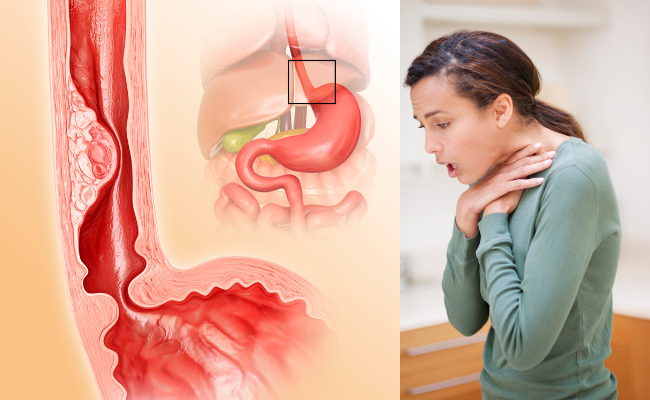How to Treat Oesophageal Atresia?
- January 03, 2024
- No Comments

What is Oesophageal Atresia?
Oesophageal atresia is a congenital anomaly affecting the esophagus, the tube that facilitates the passage of food and liquids from the mouth to the stomach. This condition results from abnormal fetal esophageal development, causing either a shortened or blocked structure and separating the upper and lower segments. Factors, influenced by genetics and the environment during fetal development, contribute to the complexity of oesophageal atresia. This congenital anomaly presents challenges in feeding and digestion, underscoring the need for timely and comprehensive intervention to address these developmental abnormalities.
Why Does Oesophageal Atresia Occur?
The precise etiology of oesophageal atresia is not always clear, but it is believed to result from a combination of genetic and environmental factors. Some cases are associated with genetic syndromes, such as trisomy 18 and the VACTERL association. Maternal factors, including age and exposure to certain medications during pregnancy, have also been considered potential contributors. The complexity of the condition suggests that multiple factors may interact, disrupting the normal development of the esophagus.
How Does Oesophageal Atresia Manifest?
Oesophageal atresia becomes evident shortly after birth, as affected infants face challenges in feeding and may exhibit various symptoms:
- Difficulty Swallowing: Newborns with oesophageal atresia may struggle with swallowing, and attempts at feeding may result in immediate regurgitation of milk or formula.
- Excessive Salivation: Due to the blockage or shortening of the esophagus, saliva cannot pass through as usual, leading to excessive drooling or salivation.
- Cyanosis: Respiratory distress may occur, causing a bluish discoloration of the skin (cyanosis) due to the inability to effectively pass air and oxygen through the esophagus.
- Abdominal Distension: The abdomen may become distended as a result of the accumulation of swallowed air in the stomach, contributing to discomfort and further complicating feeding efforts.
Treatment Solutions for Oesophageal Atresia
The management of oesophageal atresia requires a multidisciplinary approach, addressing both the anatomical defect and associated complications. The primary treatment goal is to establish a functional connection between the upper and lower segments of the esophagus to allow for normal feeding and digestion.
- Surgical Repair: Surgical repair is the cornerstone of oesophageal atresia treatment. The specific surgical approach depends on the type of oesophageal atresia present. In cases where the esophagus is completely blocked, surgeons typically perform a procedure known as primary anastomosis, connecting the two ends of the esophagus directly. In more complex cases where there is a gap between the upper and lower segments, tissue grafts or tubes may be used to bridge the divide.
- Gastrostomy Tube Placement: In some instances, particularly when the esophageal repair is complex or when associated medical conditions affect feeding, a gastrostomy tube may be temporarily placed. This tube is inserted through the abdominal wall directly into the stomach, providing an alternative means for delivering nutrition and fluids until the infant can tolerate oral feeding. Gastrostomy tubes offer a practical solution to ensure adequate nutrition during the recovery period.
- Ongoing Monitoring and Support: After surgical repair, ongoing monitoring and support are crucial for the long-term well-being of the child. Regular follow-up appointments with pediatricians, surgeons, and other specialists are scheduled to assess growth, development, and address any potential complications. Monitoring for feeding difficulties, reflux, and respiratory issues is integral to providing timely intervention when necessary.
Benefits of Early Diagnosis and Intervention
- Improved Feeding and Nutrition: Early diagnosis allows for prompt intervention, increasing the likelihood of establishing normal feeding patterns and facilitating adequate nutrition for the growing infant.
- Prevention of Aspiration Pneumonia: Timely treatment helps prevent complications such as aspiration pneumonia, which can occur when fluids or food enter the airways due to the esophageal blockage.
- Enhanced Respiratory Function: Surgical correction not only improves feeding but also enhances respiratory function by preventing the accumulation of fluids in the airways, reducing the risk of respiratory distress.
- Normal Growth and Development: Effective treatment supports normal growth and development, minimizing the impact of oesophageal atresia on long-term health and quality of life.
- Psychological and Emotional Well-being: Early intervention contributes to the psychological well-being of both the infant and the parents. It reduces the stress associated with feeding difficulties and the uncertainty of the condition, fostering a positive environment for the child's overall development.
Comments (0)